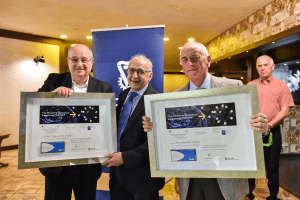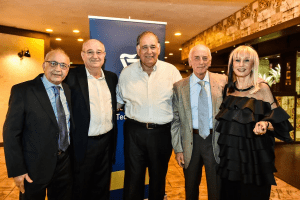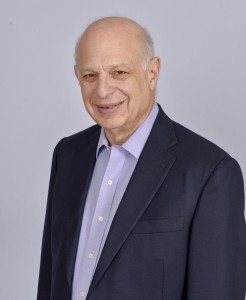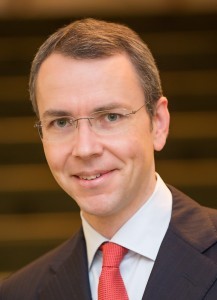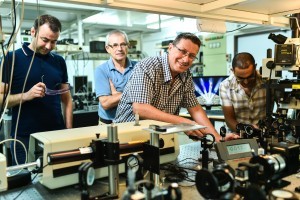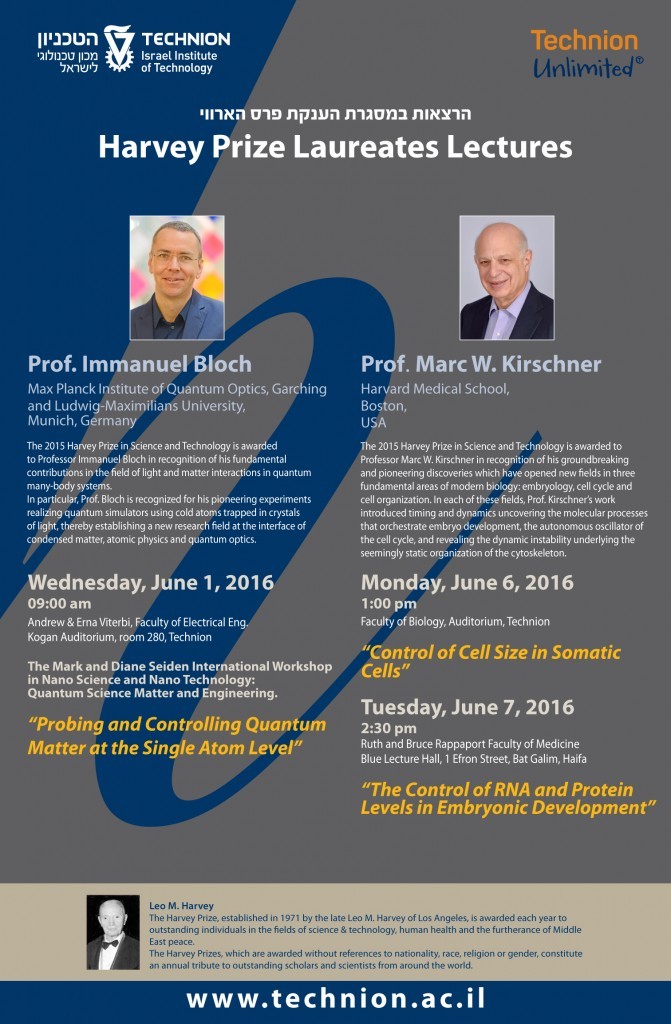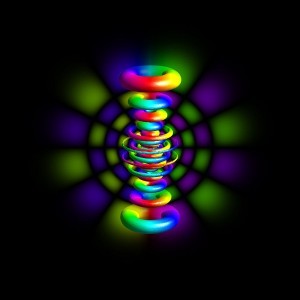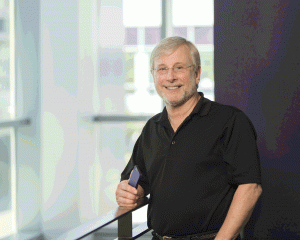Dr. David J. Skorton, former President of Cornell University: “Israel is a model of innovation. Technion-lsrael Institute of Technology is at the heart of this innovation.”
Dr. Skorton made these remarks when he received an honorary doctorate from the Technion. Dov Moran and Eyal Waldman also received honorary doctorates
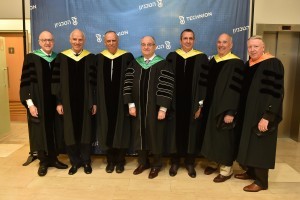
At a festive ceremony held on June 6 (Monday), the Technion awarded Honorary Doctorates to a number of personalities and scientists: Dr. David J. Skorton, former president of Cornell University and currently Secretary of the Smithsonian Institution (the world’s largest museum and research institute, encompassing nineteen museums and seven research centers in the US); Technion graduate Dov Moran, founder of M-Systems and inventor of the flash memory drive; Ed Satell, founder and executive chairman of Progressive Business Publications and the first supporter of Technion’s energy program; Prof. Edwin L. (Ned) Thomas, Dean of the George Brown School of Engineering at Rice University; Technion graduate Eyal Waldman, President, CEO and co-founder of Mellanox Ltd; Prof. Jacques Lewiner, renowned physicist and inventor and president of Technion France,; and Professor The Honourable Dame Marie Bashir, former Governor of New South Wales, Australia.
“Israel is a model of innovation. Technion – lsrael Institute of Technology is at the heart of this innovation,” said Dr. Skorton, who spoke on behalf of the degree recipients. “With diversity, creativity, and risk-taking, you are helping to create the next generation of thinkers and doers who are changing the world. Albert Einstein, who helped establish both the Hebrew University and Technion, said, ‘Imagination is more important than knowledge. For knowledge is limited, whereas imagination embraces the entire world.’ I’ve seen here how your imagination powers everything you do.”
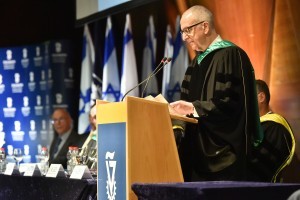
“Since the 1980s, I have had the honor and pleasure of visiting and watching from afar the continual development of excellence at this impressive institution,” Dr. Skorton added. “More recently, I have come to know and be inspired by President Lavie, one of the most distinguished academic leaders in the world. He is one of my heroes and my chaver.”
“I am constantly amazed by the wonders of the Technion,” said Lawrence (Larry) Jackier, Chairman of the Board of Governors. “This is an academic institution of the highest level and an important player on the global stage. There is no more appropriate title than that of honorary doctor for the degree recipients. You deserve great honor and appreciation for your activity.”
“Everyone is talking about the fourth industrial revolution – “Industry 4.0” – “the Machine Age” – driven by the Internet of Things, Artificial Intelligence and the notion of robotics replacing human labor in many instances,” said Prof. Peretz Lavie at the ceremony. “Our machines are now exhibiting abilities they have never had before. Jobs in which productivity can be greatly improved by technology – are already in steep decline. Tasks that are standardized, repetitive, and involve patterns – can now be carried out a million times faster by algorithms. Companies are making more money and hiring fewer people.
But the positions that are irreplaceable by machines, no matter how intelligent, are those that require social intelligence, creativity and perception – characteristics we aim to cultivate here at the Technion, alongside excellence in sciences and engineering. These characteristics are prominent in each one of our honorary doctorates.”
Find out more about all the 2016 Technion Honorary Doctor recipients here.

